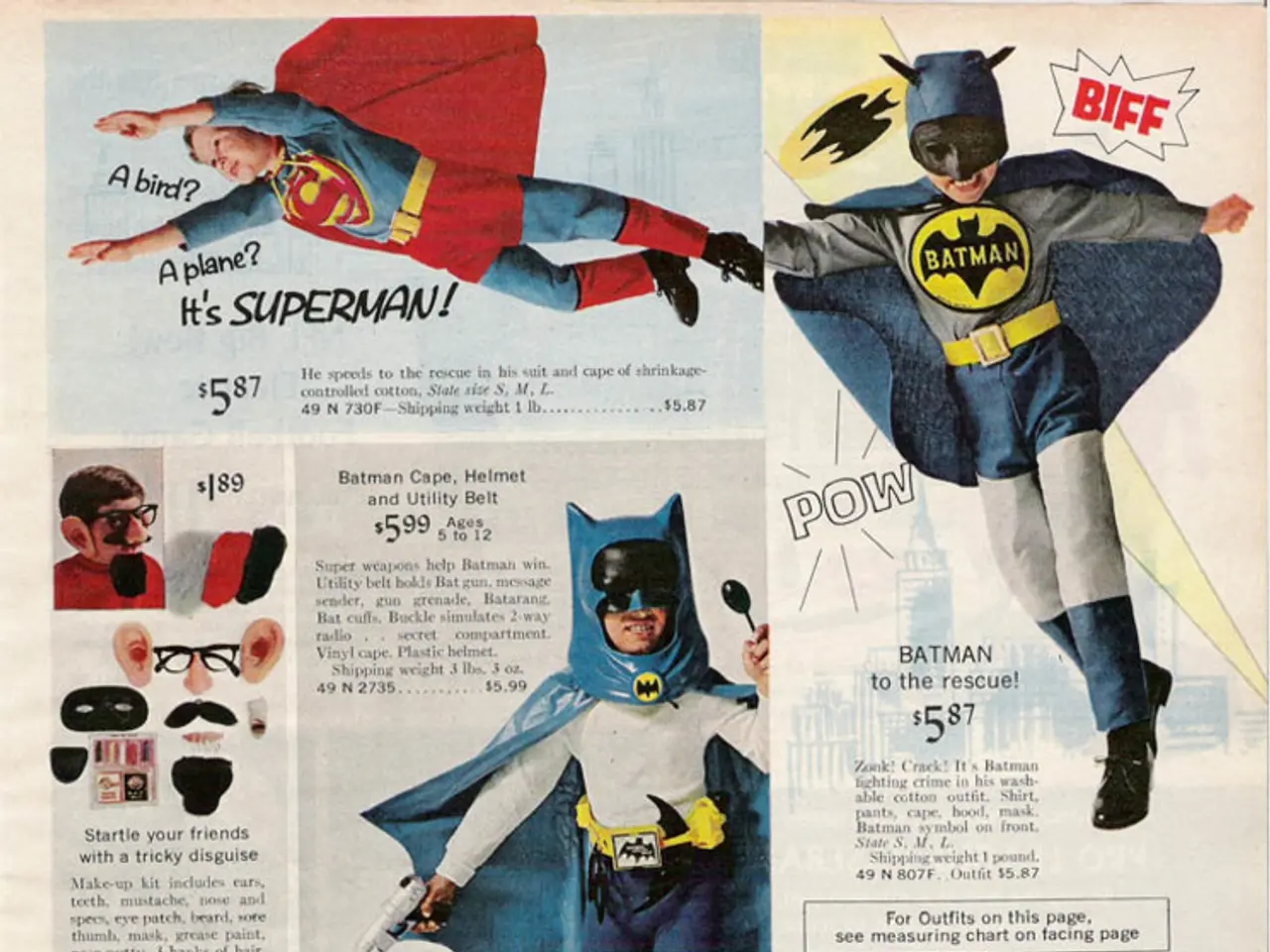When Does the Dress Code Violate?
In the workplace, protective work clothing is a mandatory requirement due to legal regulations aimed at safeguarding employees. This clothing, which can range from uniforms to personal protective equipment (PPE), is often prescribed by employers for operational reasons, such as standardizing the appearance.
However, when it comes to extreme weather conditions, the situation becomes more complex. Nathalie Oberthür, a specialist lawyer for labor law and the chairwoman of the Labor Law Committee in the German Bar Association (DAV), explains that a distinction should be made between simple work clothing and protective work clothing.
Simple work clothing, such as uniforms or standard attire without specific protective features, generally requires employees to wear the prescribed clothing. While employers must maintain reasonable working conditions, specifics on clothing modification in heat are limited. Leaving work due to heat is not normally allowed unless an employee is unwell.
On the other hand, protective work clothing, designed to guard against hazards, carries additional employer responsibilities. Employers must supply such protective clothing and ensure that it does not unduly endanger workers under extreme conditions. Pending or proposed regulations in some jurisdictions call for work suspension when temperatures exceed certain thresholds and require employers to take specific measures to limit heat exposure, which may include adjustments related to protective clothing use.
In the United States, OSHA has proposed heat stress rules that emphasize employer duties to provide relief measures like breaks, water, shade, and possibly appropriate protective clothing adaptations during heat waves. These rules, while not finalized, underscore the importance of protective work clothing in extreme weather conditions.
Nathalie Oberthür stresses that employees should not remove their simple work clothing without the agreement of the supervisor. For protective work clothing, employers may be obliged to adjust clothing regulations to protect employees in special weather conditions, such as extreme heat.
In conclusion, while basic dress codes may be less flexible, work clothing designed for protection involves stricter health and safety considerations that may grant more latitude or require more employer action when extreme heat threatens worker wellbeing. It is crucial for both employers and employees to understand these distinctions and their responsibilities in extreme weather conditions.
[1] UK Health and Safety Executive: Temperature in the Workplace [2] European Agency for Safety and Health at Work: Heat Stress [3] OSHA: Heat Illness Prevention [4] OSHA: Proposed Rule to Improve Tracking of Workplace Injuries and Illnesses
- In the context of extreme heat in the workplace, protective work clothing, designed to protect against hazards, requires employers to adjust clothing regulations to ensure employee safety.
- The importance of health and wellness in the workplace extends to protective work clothing, particularly in extreme weather conditions, where employers may be obligated to adapt clothing rules to safeguard workers.




